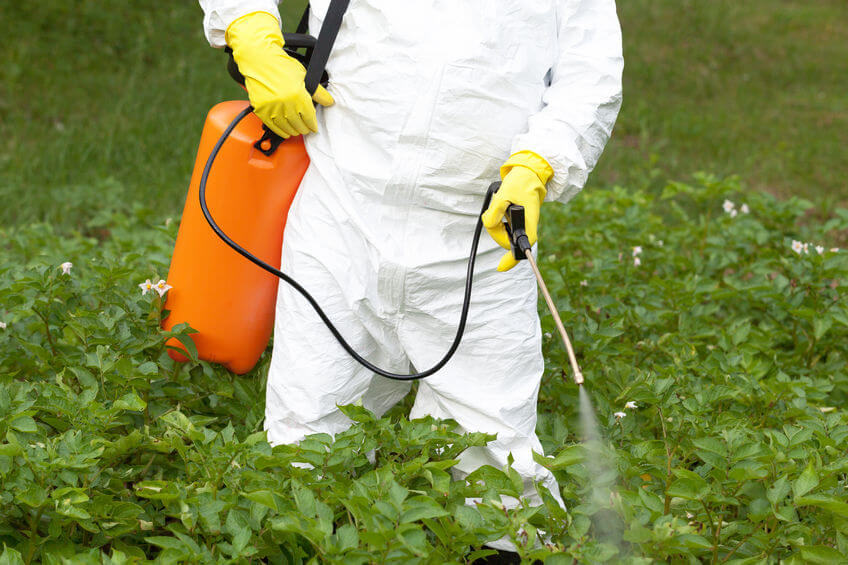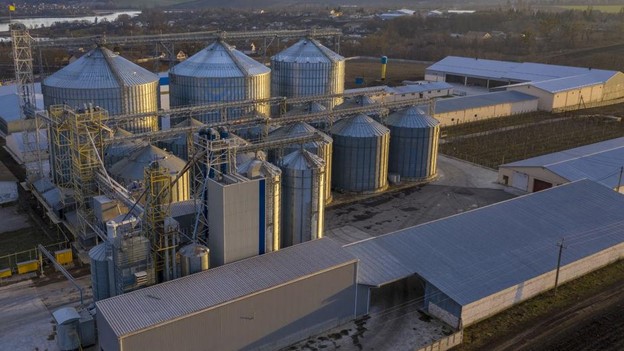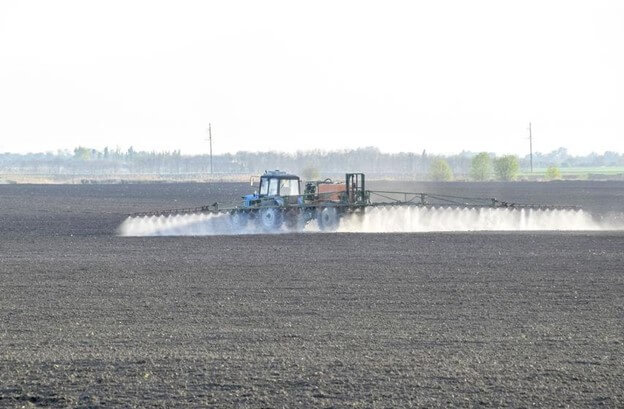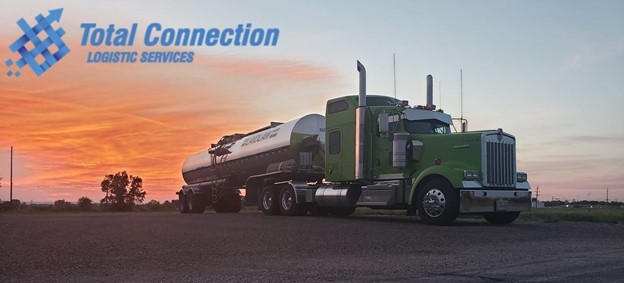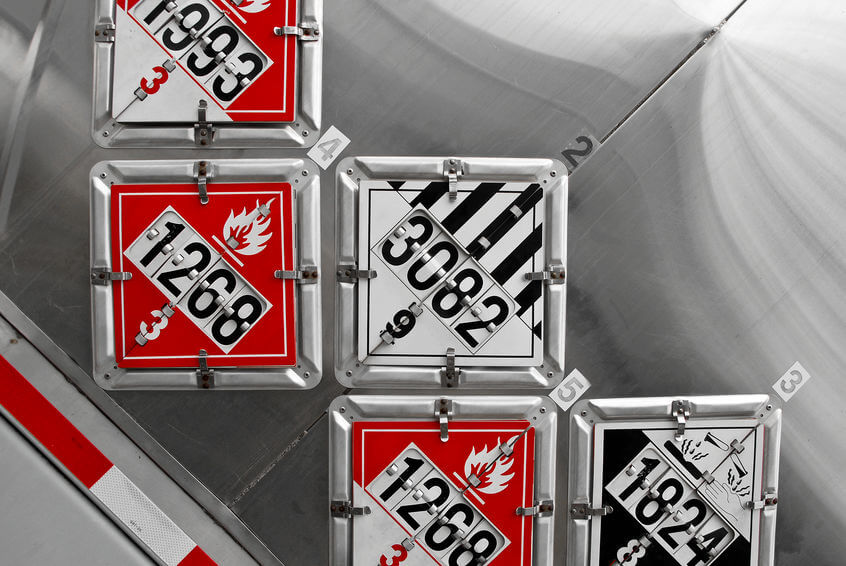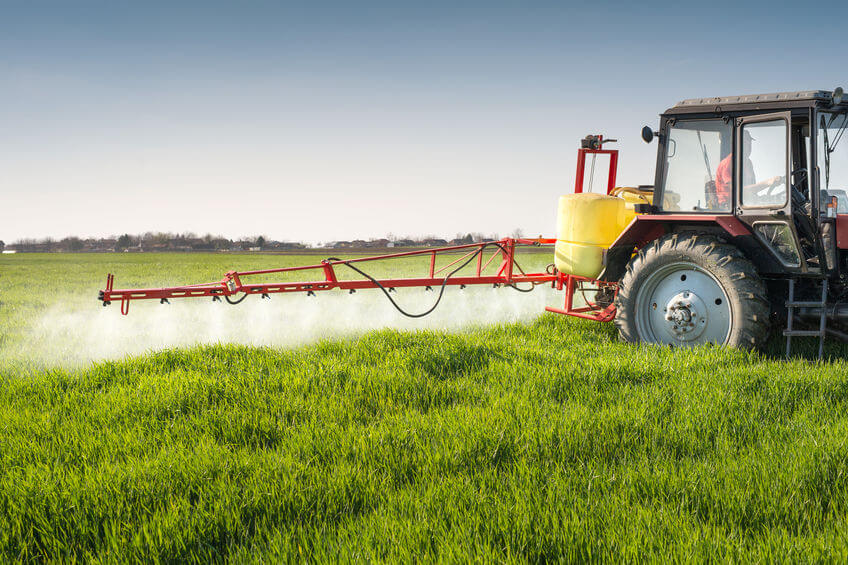
Insects are one of the major pests you should be wary of on your farm. If you left them to it, they could completely devour your crops and leave you with nothing to eat or sell. Locusts are an example of such destructive insects. These insects eat almost all kinds of plants, and they can gather to form a swarm that is as big as 460 square miles in size. When they gather like this, their effects are always more devastating, as one locust eats its weight in plants every day..
Farmers from as far back as 4500 years ago have relied on insecticides to get rid of insect pests on their farms. These chemicals contain all kinds of compounds that work wonders in the control of these insects. Some of these chemicals scramble up the nerve, reproductive, or muscle system of insects. Others disrupt their energy metabolism.
The Need for a Fast Logistics Company for your Insecticide Shipping
However, one factor that could frustrate your efforts in combating insect pests is the lack of a reliable logistics company to ship your insecticides in time. The more the company delays, the more your plants pay for it. When you face a swarm of locusts, for instance, an hour delay could cost you all the season’s profit. This isn’t a risk worth taking. You need one of the best in the business, Total Connection Logistics, to handle your pesticide transportation.
Why Depend on Total Connection for your Insecticide Transportation?
- When you contact us to ship your insecticide as soon as you sight the pests, we get your insecticides to you long before any major damage is done. Thanks to our ability to operate under tight deadlines, you can make urgent calls and we would be there for your farm.
- Insecticides may contain hazardous materials, increasing the risk of transport. But all our employees have gone through rigorous training to handle such materials, bringing the risks back to zero for you.
- Insects can feed on your plants round the clock. That’s why we make ourselves available to ship your insecticides round the clock as well. Contact us anytime.
- With over two decades of transporting all kinds of agrochemicals, chances are that we have shipped any kind of pesticide you want at least a hundred times. We have perfected the insecticide shipping services so that your insecticide shipments are delivered to you in a stream of efficient processes.
- We save you money.
About Total Connection Logistics
We are a third-party logistics and licensed freight forwarder, and shipping your agrochemical agricultural products is what we do. Thousands of establishments like yours in the agricultural and agrochemical industries have trusted us with shipping their products since 1994, and we’ve not let a single one of them down. Insecticides are often complex to ship because they usually contain hazardous materials, but we can get it done for you as soon as you ask.
Contact Total Connection today by filling the quote form below. We will help rid your farm of those destructive insects through efficient insecticide shipping.

